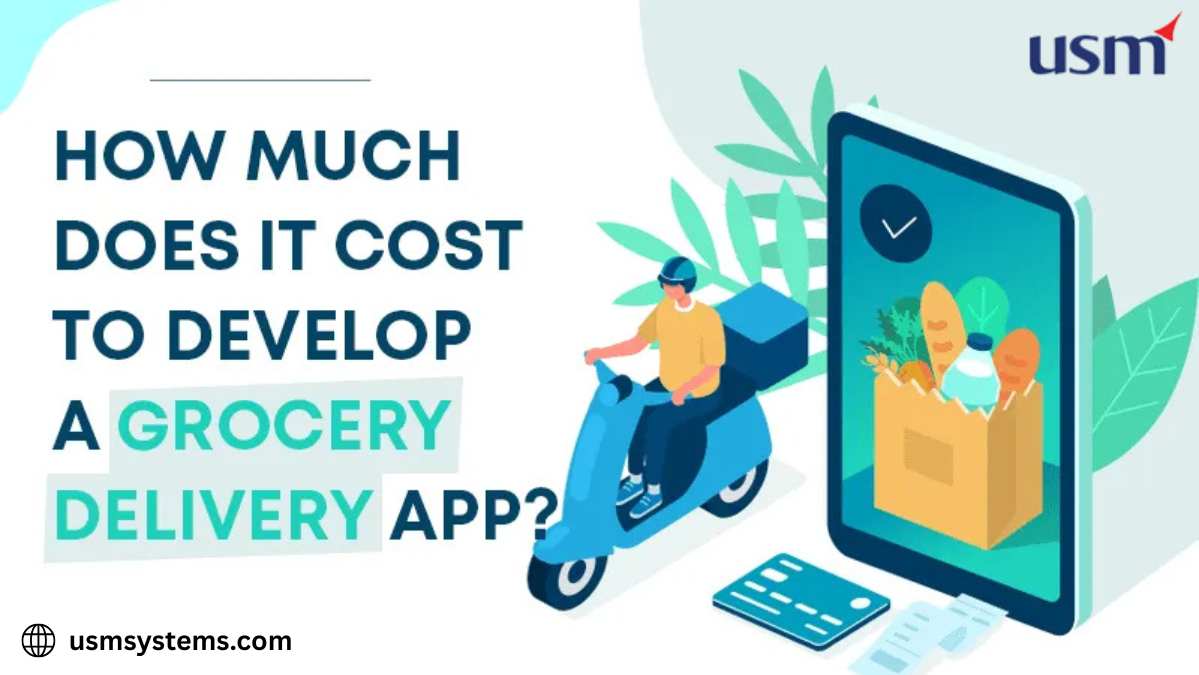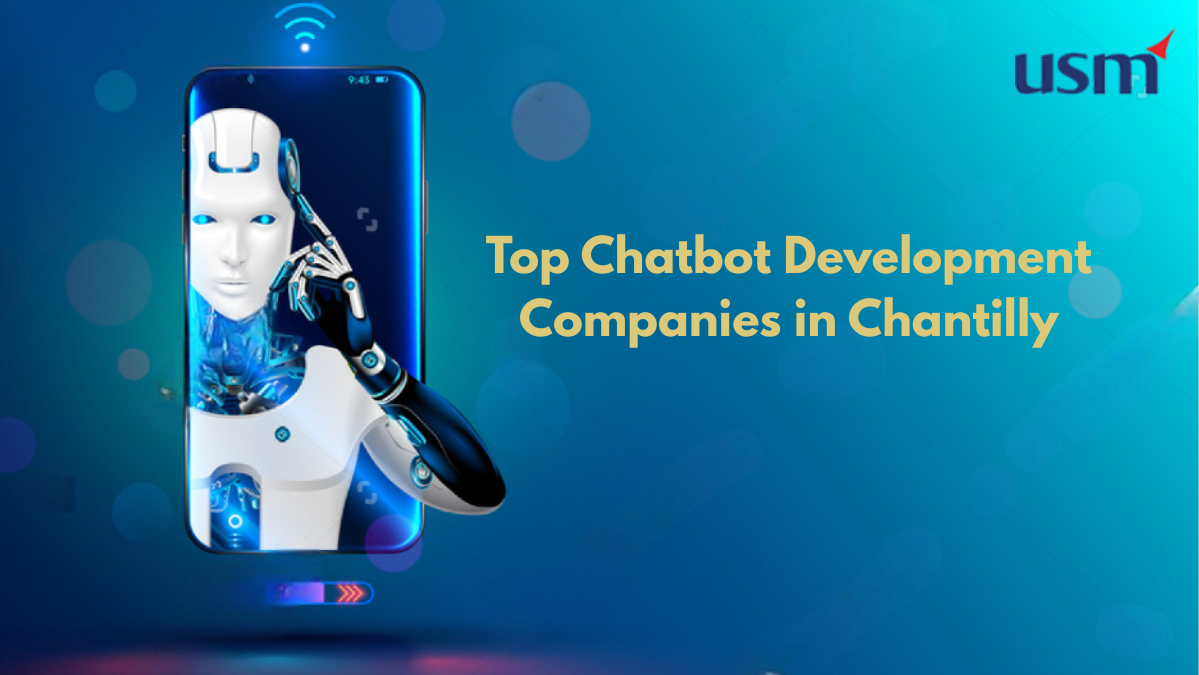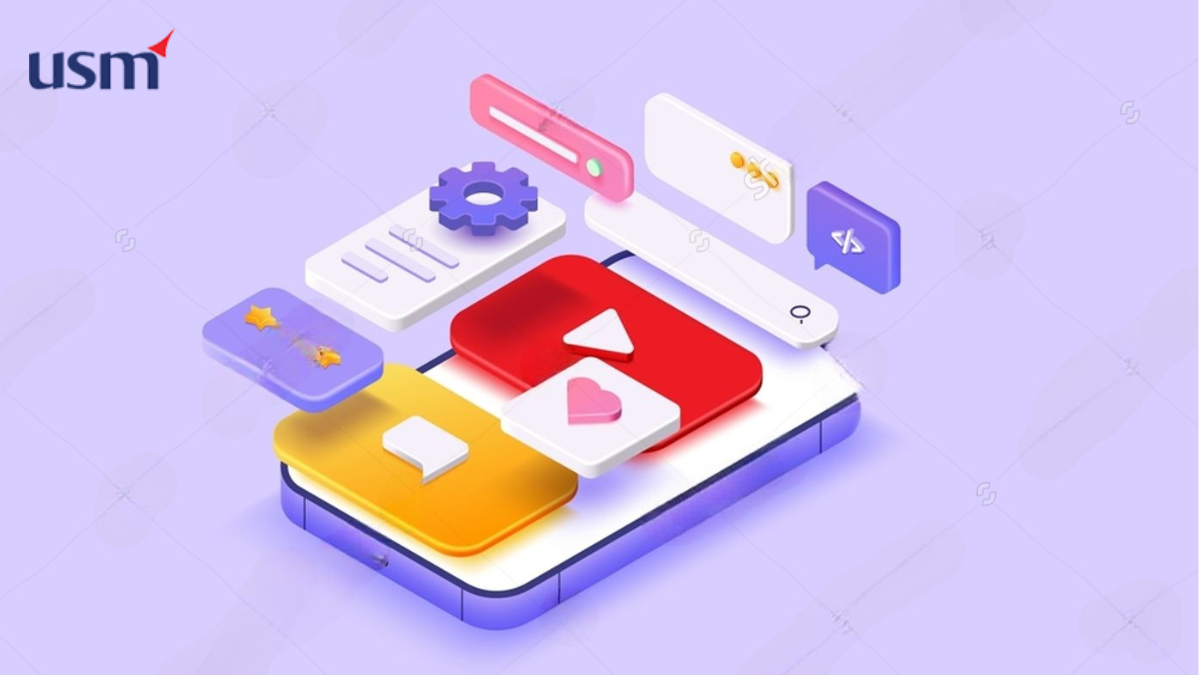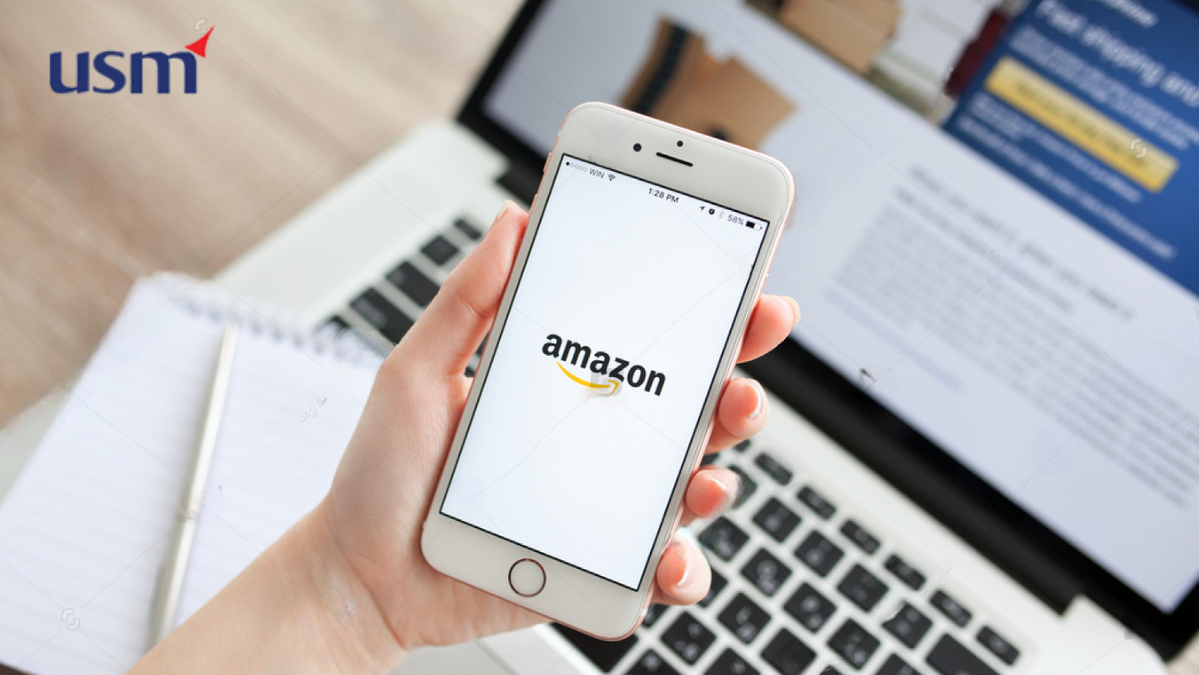How Much Does It Cost to Develop a Grocery Delivery App in 2025?

Strong 8k brings an ultra-HD IPTV experience to your living room and your pocket.
In the era of convenience and digitization, grocery delivery apps have become a staple in every household. As we enter 2025, the demand for online grocery shopping is soaring, with users expecting faster delivery, personalized recommendations, and seamless user experiences. For businesses looking to capitalize on this trend, a common question arises — “How much does it cost to develop a grocery delivery app in 2025?”
Let’s break down the key cost factors, features, and development insights you need to know.
What Is a Grocery Delivery App?
A grocery delivery app allows users to browse grocery items, place orders, schedule deliveries, and make payments — all from the comfort of their homes. These apps typically serve as a bridge between customers and local supermarkets, or they operate on a full-stack model, managing inventory and logistics in-house.
Popular examples include Instacart, Walmart Grocery, Amazon Fresh, and BigBasket.
Key Features of a Grocery Delivery App
To understand the cost, it's essential to know the features that go into building a fully functional grocery delivery application. A standard app consists of four main panels:
1. User Panel
- Account registration/login
- Product search and browsing
- Cart and checkout
- Real-time order tracking
- Multiple payment options
- Order history
- Reviews and ratings
- Push notifications
2. Admin Panel
- Dashboard to manage users, products, and orders
- Inventory management
- Payment management
- Analytics and reporting
- Promo codes and discounts
3. Delivery Panel
- Login and profile management
- Real-time delivery requests
- Navigation and GPS tracking
- Delivery status updates
- Earnings tracking
4. Vendor Panel (for aggregator model)
- Product listing and management
- Order alerts
- Revenue tracking
- Communication with customers/delivery agents
Factors Affecting Grocery Delivery App Development Cost
1. App Complexity and Features
The more advanced your app is (e.g., AI-based recommendations, voice search, chatbot support), the higher the cost. A basic MVP with essential features is cheaper to develop than a feature-rich solution.
2. Platform Selection
- iOS or Android (native development)
- Cross-platform (Flutter, React Native)
Developing for both platforms separately increases costs, while cross-platform options offer some savings.
3. UI/UX Design
A clean, intuitive interface is crucial for retaining users. Custom design elements, animations, and personalized themes add to the cost.
4. Tech Stack
Some of the typical technologies used include:
- Frontend: React Native, Flutter
- Backend: Node.js, Python, PHP
- Database: MySQL, MongoDB, Firebase
- Cloud Hosting: AWS, Azure, Google Cloud
- The more scalable and secure the infrastructure, the more it costs.
5. Development Team Location
Rates vary widely depending on where your development team is located:
- USA/Canada: $100 – $200/hour
- Europe: $60 – $120/hour
- India: $20 – $50/hour
- Southeast Asia: $25 – $60/hour
Offshore development is often cost-effective while still delivering quality.
6. Third-Party Integrations
You may want to integrate:
- Payment gateways (Stripe, PayPal)
- Maps (Google Maps API)
- SMS/Email services
- CRM and analytics tools
Each integration adds licensing and development expenses.
So, What’s the Actual Cost?
The cost to develop a grocery delivery app in 2025 largely depends on the app’s complexity, features, and development approach. For a basic MVP (Minimum Viable Product) with essential functionalities like product listings, cart, and order placement, the development cost typically ranges between $20,000 and $40,000, taking around 2 to 3 months. A medium complexity app that includes additional features such as real-time tracking, multiple payment gateways, and vendor management can cost between $40,000 and $70,000, with a timeline of 4 to 6 months. Meanwhile, a high-end app equipped with advanced features like AI-based recommendations, voice search, and subscription models may cost anywhere from $70,000 to $150,000 or more, requiring around 6 to 9 months for full development.
Must-Have Advanced Features in 2025
To stay competitive, modern grocery apps should include the following:
- AI-powered product recommendations
- Voice and image-based search
- Contactless delivery options
- Subscription-based models
- Real-time inventory syncing
- Dark mode and accessibility settings
- Blockchain for secure payments (optional)
Adding these will enhance user experience — but they’ll also increase your development budget.
Choosing the Right Development Partner
Your app’s success depends heavily on the expertise of the development team. A professional mobile app development company will help you:
- Choose the right features for your audience
- Build scalable architecture
- Design a user-friendly interface
- Ensure data privacy and security compliance (GDPR, HIPAA, etc.)
- Provide post-launch support and updates
How to Optimize Costs?
Here are a few smart ways to manage your development budget:
- Start with an MVP – Validate your idea before investing heavily.
- Use open-source tools and APIs where possible.
- Opt for cross-platform development to save time and money.
- Outsource to experienced offshore developers for affordable rates.
- Focus on core features first, then roll out enhancements gradually.
Conclusion
Grocery delivery apps are no longer a luxury — they’re a necessity in 2025. Whether you’re a startup or an established retailer, investing in a robust grocery app can transform your business. While development costs can vary, the long-term returns through user convenience, recurring orders, and brand loyalty make it a worthy investment.
If you’re ready to enter the grocery delivery space, start by identifying your goals, define your target audience, and choose the right tech partner to turn your idea into reality.
Need help building your grocery delivery app?
Partner with a top-rated mobile app development company in USA that understands your vision and delivers world-class solutions.
Note: IndiBlogHub features both user-submitted and editorial content. We do not verify third-party contributions. Read our Disclaimer and Privacy Policyfor details.







